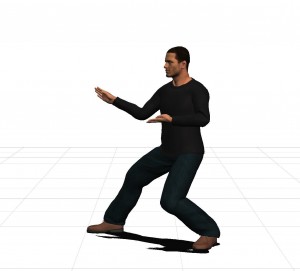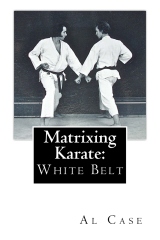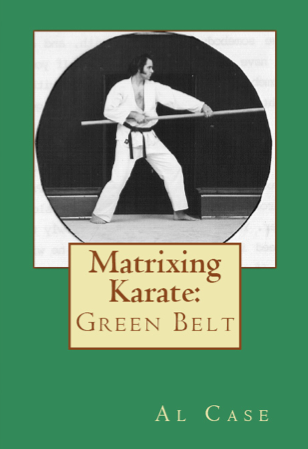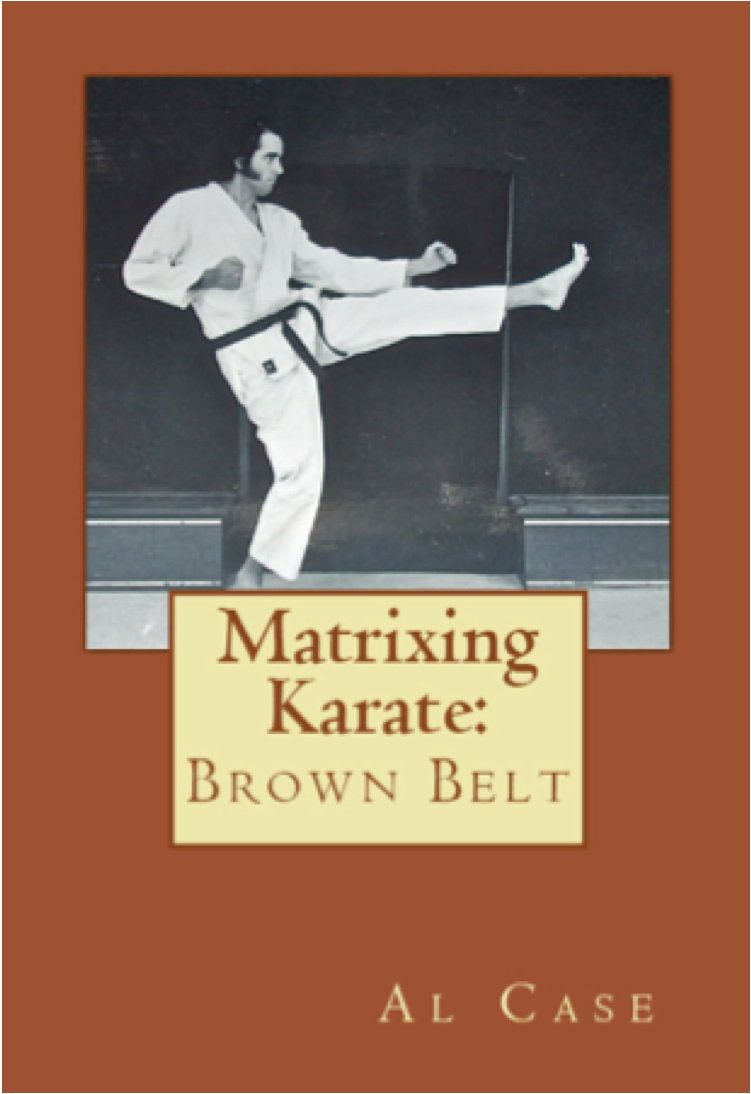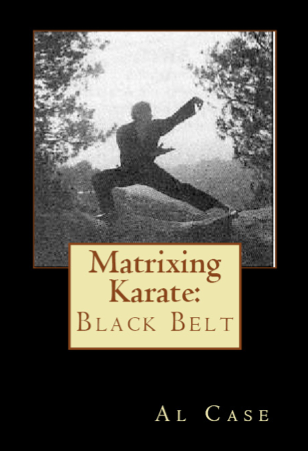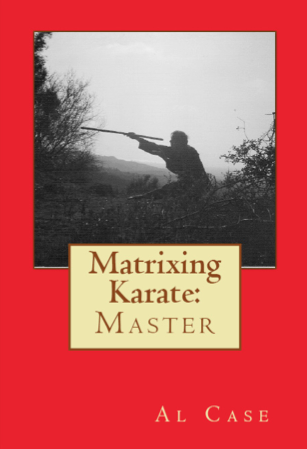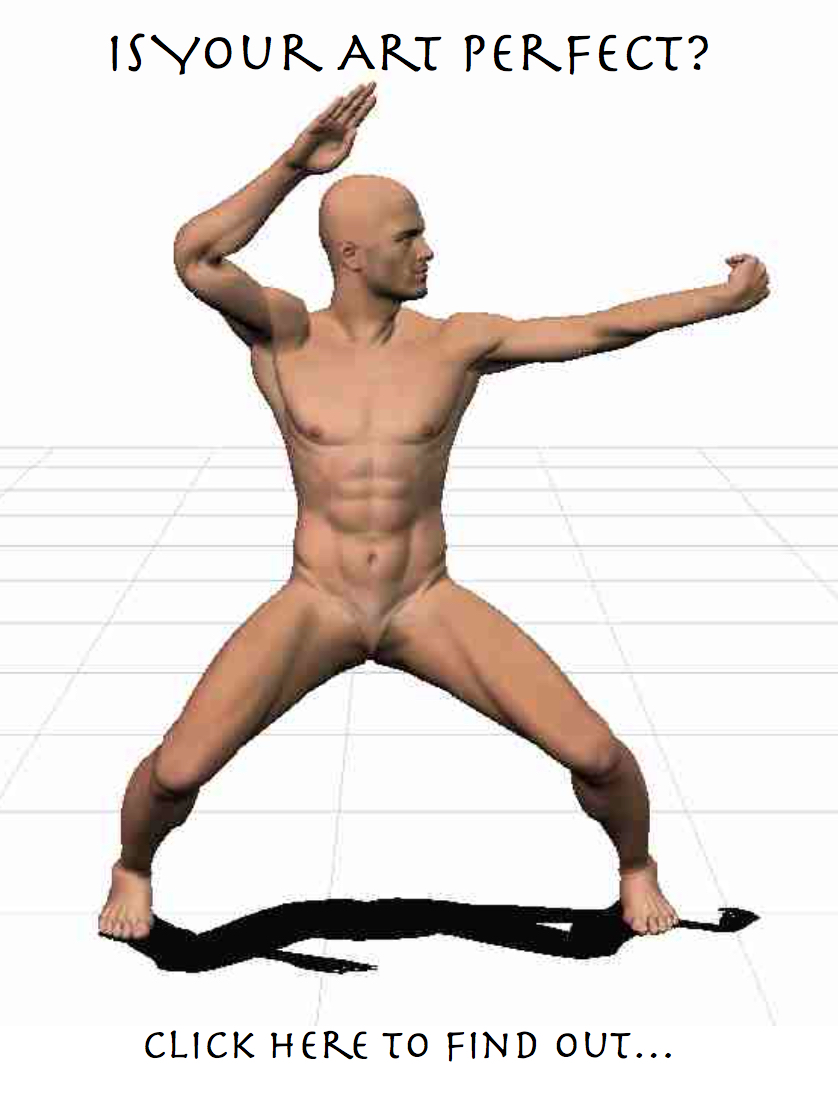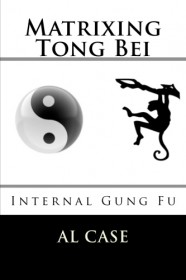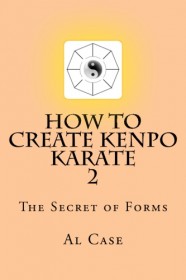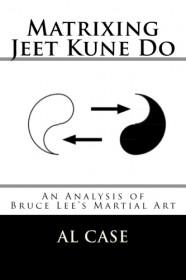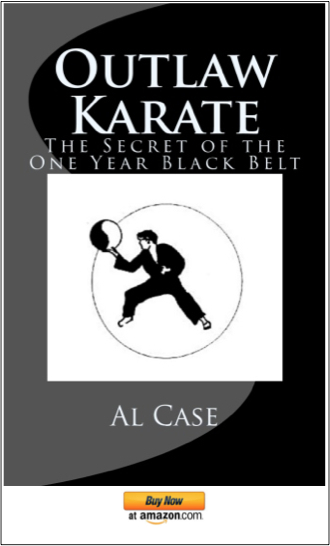Heian Karate Form…Pinan Karate Form
I noticed something very interesting when I was learning the Heian Karate Formsequence. And I was taught them when they were still known as Pinans.
Pinan one was just a basic form. But Pinan two and four seemed to be a progressive variation. The first move with the hands mid level and high level, the technique used on the return steps of the form, these seemed like interpretations of the same concept.
And, if you compare pinan three and Pinan five, you have the same thing occurring.
But it was many years before i actually started to see the similarity of technique, and to understand the basic concept the creator of this form used.
The concept is a back stance concept.
Now, the form is called Heian these days, and it is the Japanese who have deviated from this concept.
When Japanese karate students do these forms they tend to widen the back stance, making it a half a horse stance. This immobilizes the stance, and splits the intention; which way are you setting up to go? To the side…or to the front? And there is no way to do a front kick with the front leg off a stance arranged this way.
When the Heians were Pinans, however, the back stance was narrower, which enabled one to set up the legs so they would both contribute to the forward motion. This also allowed for more traction on the launch. And, one could kick effectively with the front leg out of a back stance.
These three reasons make for a superior art. Launch faster and be quicker by using more body, more leg, more traction. This would enable one to shuffle forward to throw the whole body into a technique. The Japanese, in this specific, prefer shifting into a forward stance. But a forward stance has very little ability to kick with the front leg, or either leg, and the stance is too rooted to be mobile.
For these reasons I have always kept to the ancient stance set up in the heian Karate Forms, or, as I like to call them the Pinan Karate Forms.

